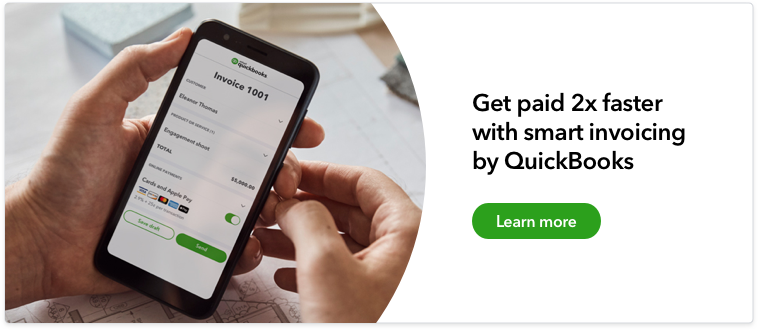Example of how payment terms work
To get a better idea of why payment terms are essential to your business’s finances, let’s take a look at some payment terms examples:
Imagine you’re about to open a new storefront. You need to purchase $5,000 in equipment. You recently received a large order from a customer and submitted an invoice for $7,000. You estimate that the customer will pay the invoice by the end of the month. But the customer doesn’t pay on time.
As a result, you can’t purchase the new equipment you need. Now, you’re paying rent for your storefront, even though you’re not conducting any business out of the location. You begin to lose money as a result of the late payment.
This example demonstrates the need for timely invoice payments. Putting together a concise, easy-to-understand invoice will go a long way toward ensuring you’re paid on time. As a result, you can afford to keep up business operations and meet your growth goals.
















